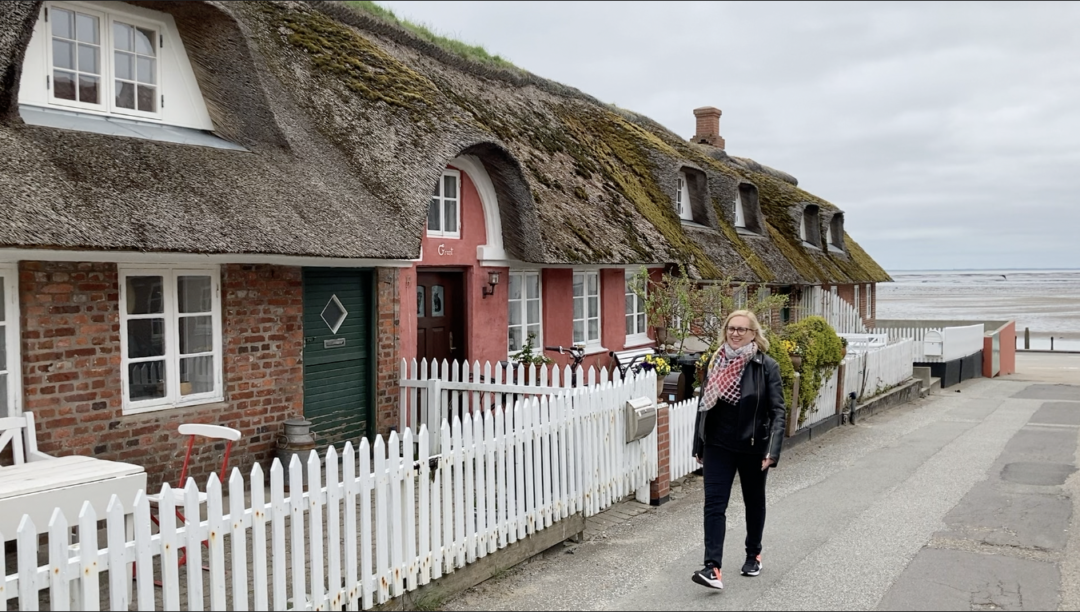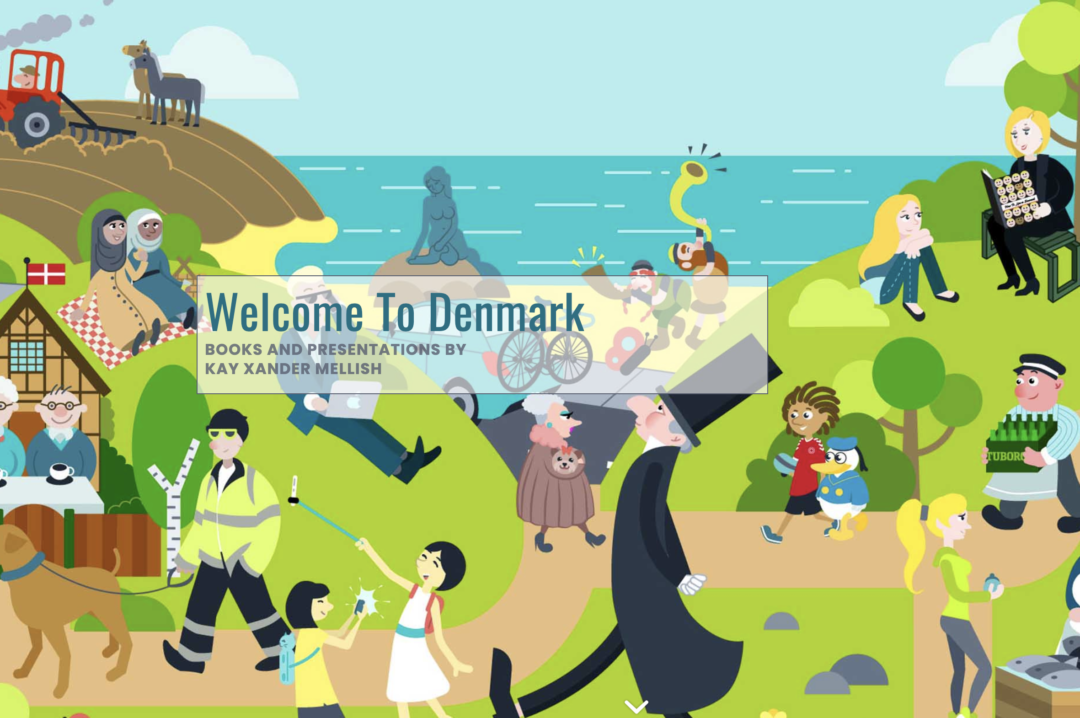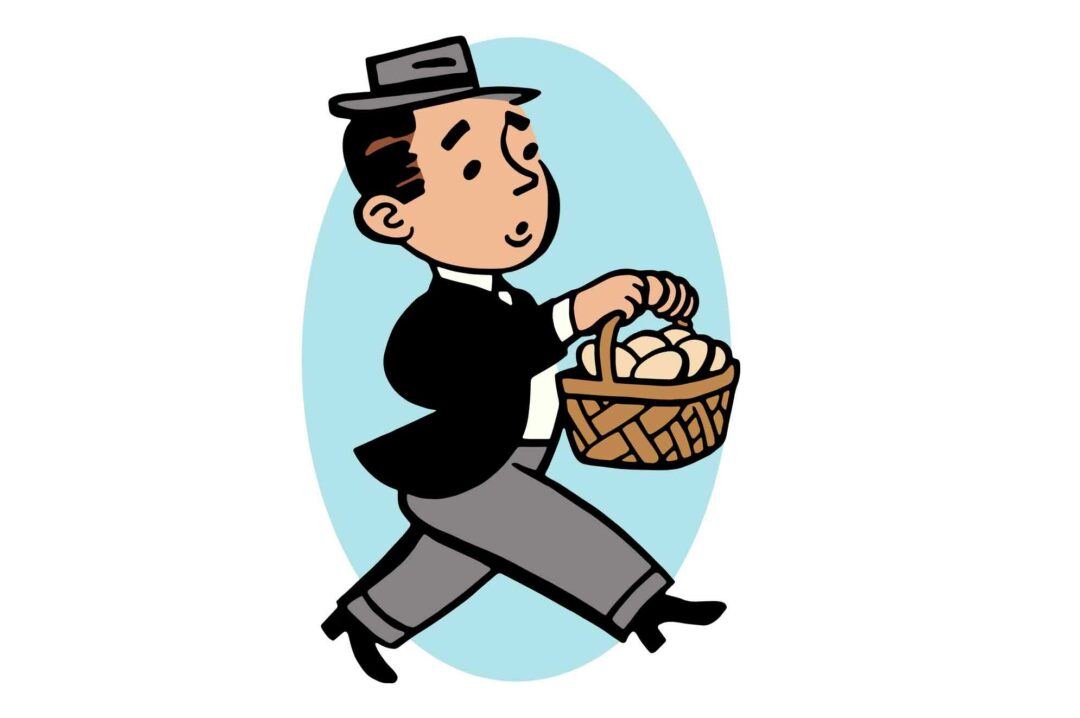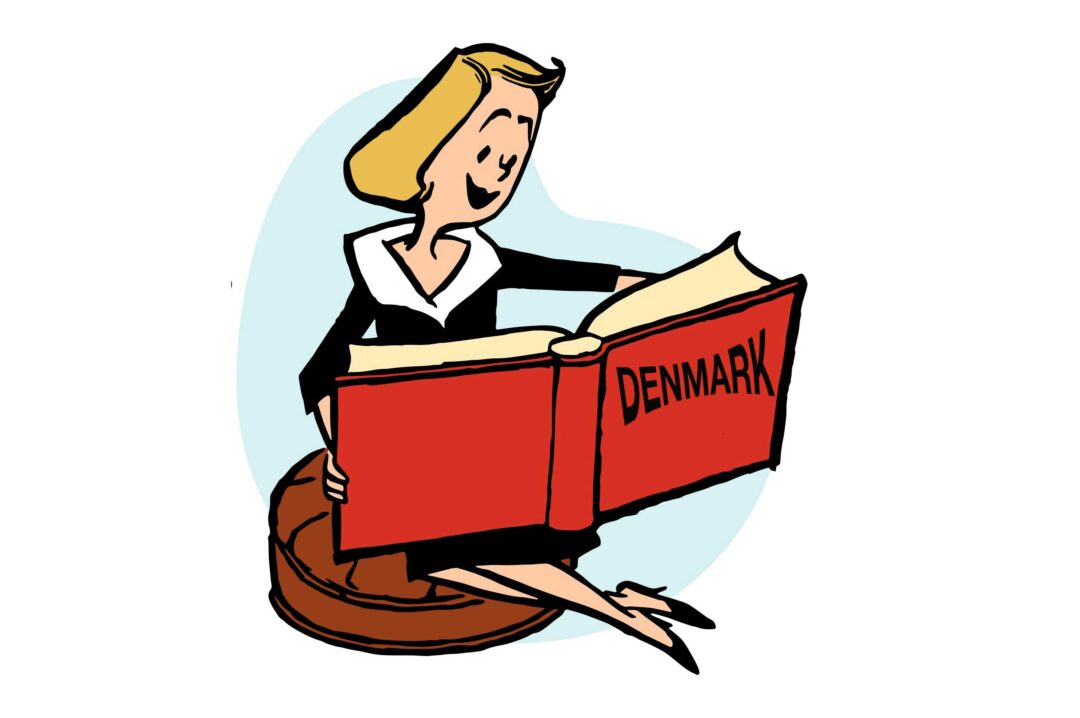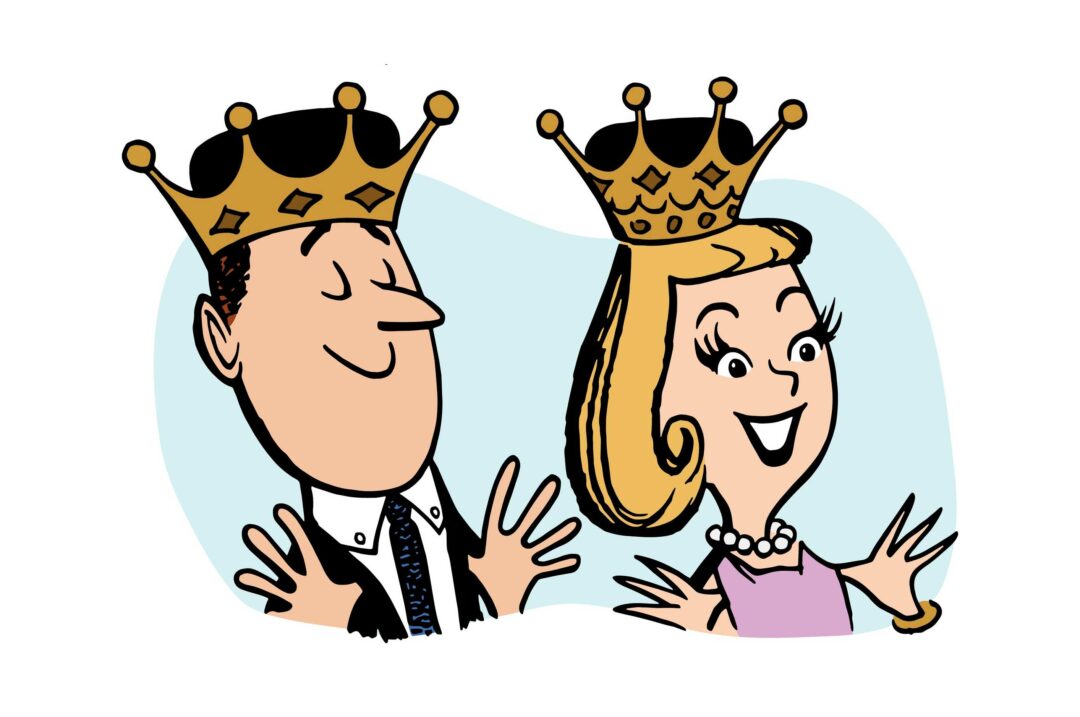Kay says: Something I often talk about when I talk about Danish working culture is the 13 scale.
The 13 scale was a grading scale used in Danish schools from the 1960s until about 15 years ago, so it’s likely to be influential on the people you do business with, even though it’s since been replaced.
Under the 13 scale, an excellent piece of work, a student paper that was pretty much flawless, would get a grade of 11. But….there was the opportunity to get a 13 – if you went beyond perfect, did something exceptional, and taught the teacher something.
This willingness to challenge authority, challenge the status quo and the accepted wisdom, is one of the reasons Denmark is so innovative and punches far beyond its weight on the world stage.
But for international managers, it can be tricky. When they are challenged by their team, they can confuse this lack of deference with lack of respect.
I’m the boss, thinks the international manager. I give you my wisdom, I make the decisions, you carry them out.
But that’s not where their Danish team is coming from. They believe that challenging the accepted wisdom is the best way to get to an inventive result, maybe even something groundbreaking, maybe even earn the workplace equivalent – of a grade of 13.
Book Kay for an in-person or virtual event: Read more.
See our previous video: “The Kvajebajer and Danish working culture”

